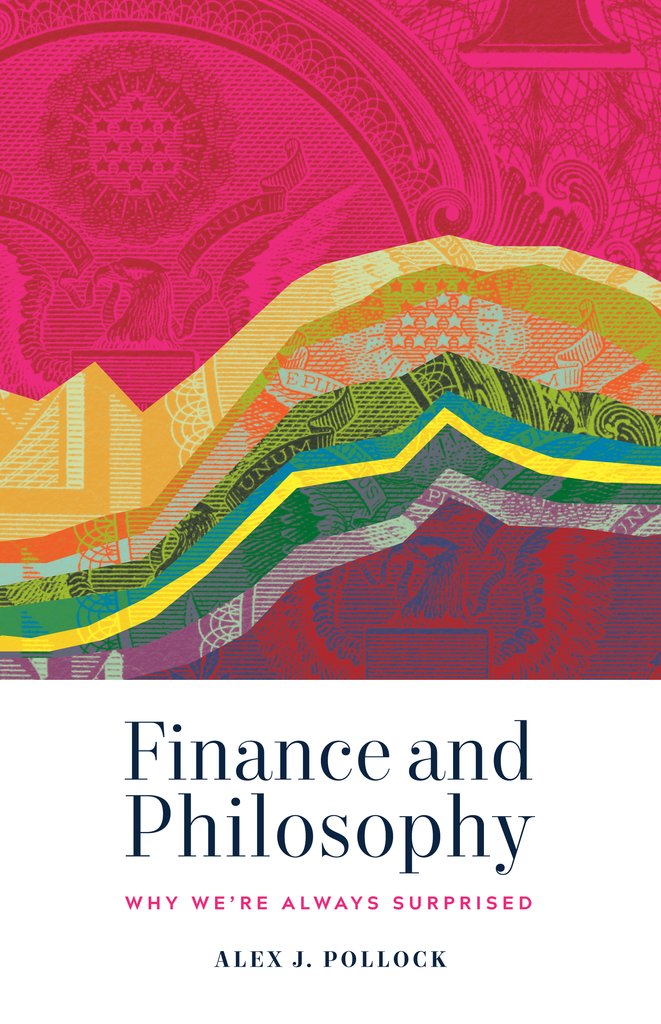On May 17, 2007, Ben Bernanke, then Chairman of the Federal Reserve, made a bold statement, “…we do not expect significant spillovers from the subprime market to the rest of the economy or to the financial system.” Janet Yellen, who succeeded Bernanke, was equally inaccurate in her prediction seven months later in December 2007. She announced, “…[with] real GDP growth gradually returning to its roughly 2.5% trend over the next year or so, and the unemployment rate rising only very gradually to just above 4.75%.” Real GDP contracted 2.8% in 2008 and the unemployment rate climbed to a peak of 10%.
The US Secretary of the Treasury in 2006-08, Henry Paulson candidly explains in his memoir, On the Brink, “I misread the cause, and the scale, of the coming disaster. Notably absent from my presentation was any mention of problems in housing or mortgages.” Even a corporate titan, Lloyd Blankfein, the Chairman of Goldman Sachs tells Paulson, “Hank, it is worse than any of us imagined.”
Alex J. Pollock’s book, Finance and Philosophy: Why we’re Always Surprised, explains that the financial markets are fundamentally uncertain and even the ‘experts’ get the forecasts wrong all the time. As we see from the examples given above. This is because of the complex interactions of the expectations and strategies of human minds in the economy. Pollock gives the example of the Federal Reserve, whose predictions change the behaviour of the actors whose behaviour is being predicted. Uncertainty is different from risk as we can place odds on risk, but we will be invariably wrong if we put odds on uncertain events. Pollock argues that although the Nobel Prize is awarded in Economic Sciences, the subject is very different from other sciences.
Pollock served as President and CEO of the Federal Home Loan Bank of Chicago from 1991 to 2004. He is currently a Senior Fellow at the Washington based think-tank R Street Institute, providing thought and policy leadership on financial issues. Using his banking experiences, he provides empirical evidence that a banking crisis invariably happens once every ten years. This is primarily because the banks are levered with less capital. He talks about asset bubbles and liquidity, which along with a credit cycle results in a banking crisis. Banking regulators worldwide now recommend higher capital levels for all banks to avoid taxpayer funds being used to bail them out.
In his book, Pollock claims that the Federal Reserve is the most dangerous financial institution in the world. Under the original Federal Reserve Act of 1913, the Federal Reserve was established principally to finance crises and panics by making loans into otherwise illiquid markets when other institutions cannot or would not do so. But as the Federal Reserve continued to develop over time, it took on much bigger and much less achievable goals, which included managing the general price level, promoting employment, ensuring financial stability and creating economic growth. Pollock terms their role as ‘managing the economy.’ This has made the Federal Reserve Chairperson arguably the second most important person after the US President. When President Trump takes a shot at Chairman Powell over interest rates, you are left wondering who is the more important of the two. Unfortunately, despite being dubbed ‘philosopher-king’, the Federal Reserve is not infallible. They frequently give wrong predictions, cause asset bubbles and runaway inflation, and are never held accountable. No evidence shows that the Federal Reserve has the superior economic knowledge it would need to be competent to exercise unchecked power.
Pollock covers a lot of financial history as he talks about different subjects such as government and municipal debt, gold standard, pensions and financial accounting. He concludes by talking about two great economists, Adam Smith and John Maynard Keynes. Smith was against government intervention as it constrained competition and made people, on average, worse off. Keynes on the other hand viewed government intervention essential and beneficial when private markets could not solve an economic collapse. As a banking crisis happens once every ten years, Pollack suggests Smith’s policies for 90% of the normal times and Keynes policies for 10% of the crisis periods. However, rarely are crisis measures removed once normalcy is back. Negative interest rates in Europe are still prevalent even after ten years of credit crisis. The author suggests that the financial actors should be virtuous and loyal to their customers. When bubbles or fraud strikes, the virtue of integrity comes into play.
A very short and useful financial read. The section at the end, a compendium of aphorisms, is philosophical but relevant to finance.


